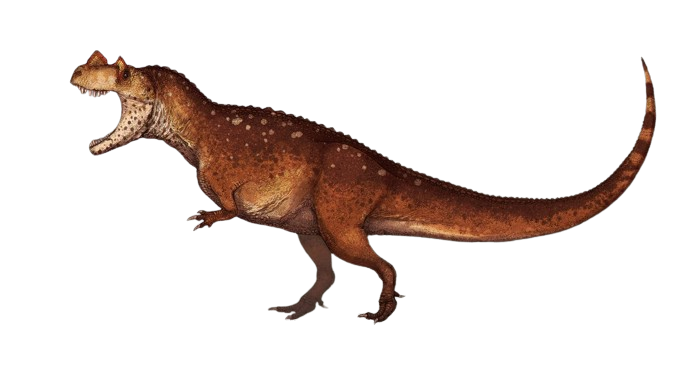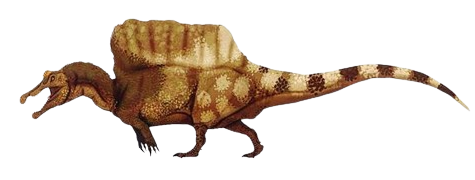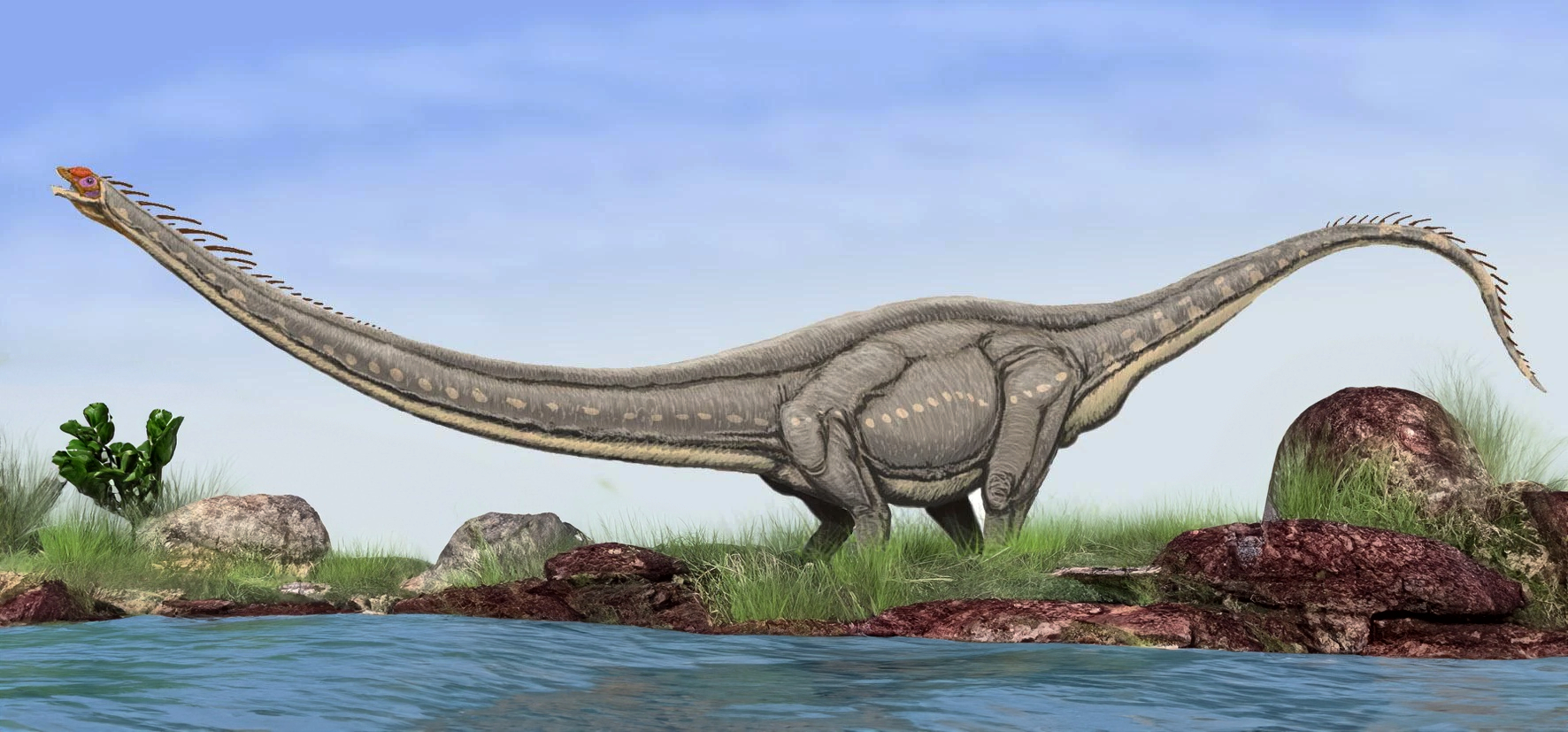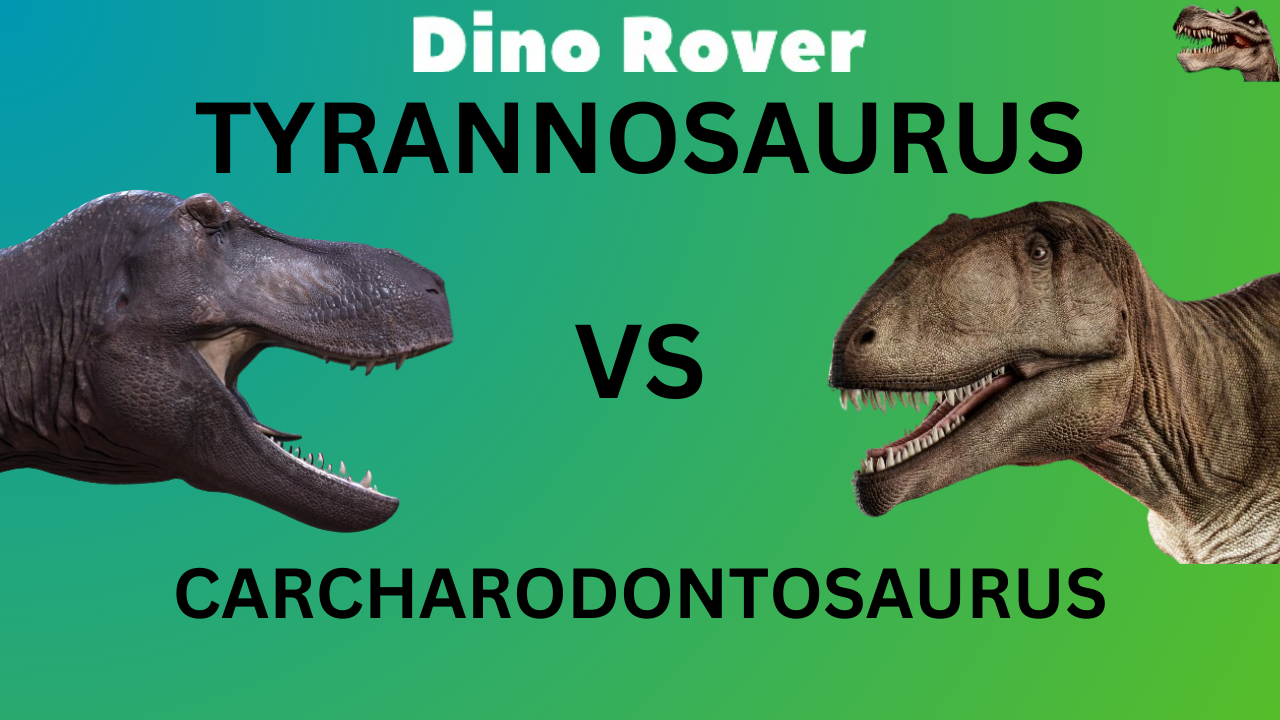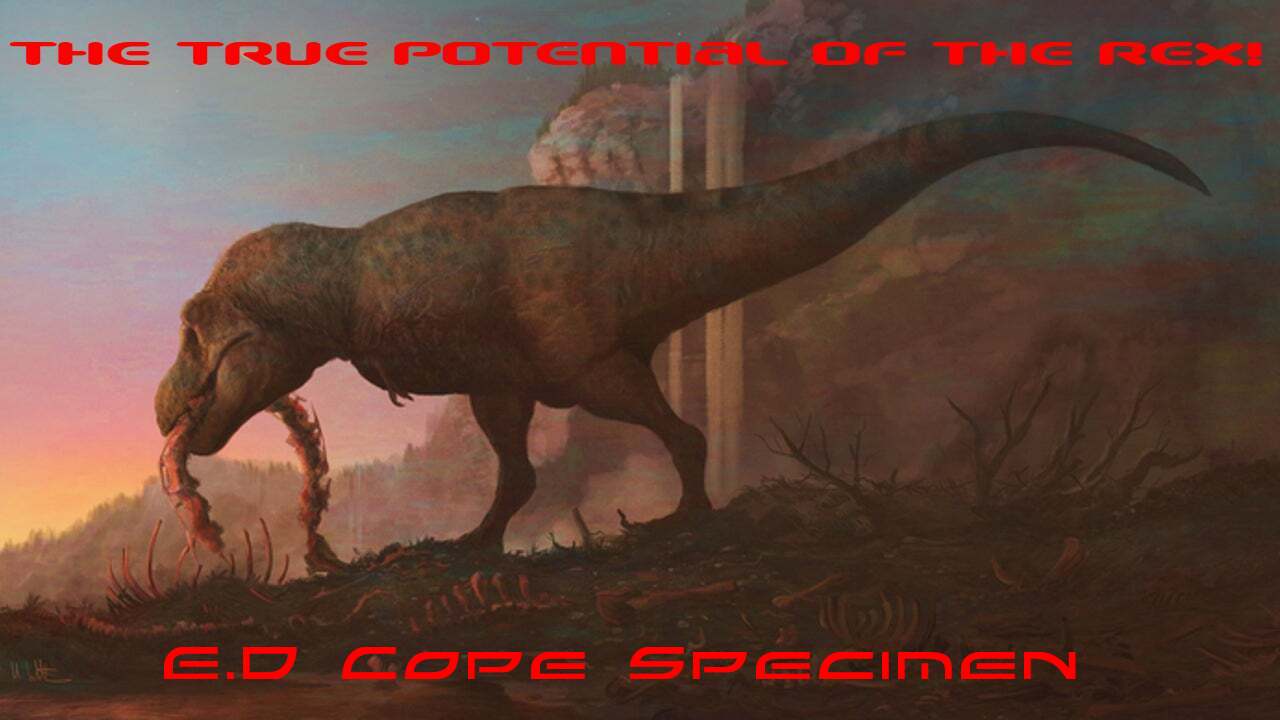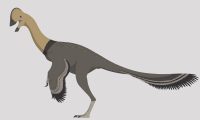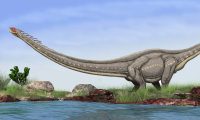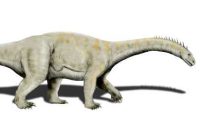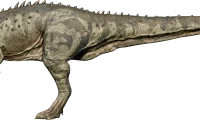Ceratosaurus, a fascinating theropod dinosaur, belongs to the Ceratosauridae family, closely related to renowned dinosaurs such as Rajasaurus, Majungasaurus, and Carnotaurus. Flourishing in the lush landscapes of South America during the late Jurassic period, Ceratosaurus exhibited a remarkable diversity in its diet. It preyed upon various Stegosaurids, including the iconic Stegosaurus, showcasing its adaptability to different prey types. Notably, it even tackled colossal sauropods like the well-known Brachiosaurus, marking its position as a formidable predator in its ecosystem.
Surviving in the late Jurassic period meant that Ceratosaurus engaged in territorial disputes and predation alongside other carnivorous dinosaurs, notably the formidable Allosaurus. The confrontation with Allosaurus was no easy feat, given the latter’s fearsome bite and formidable stature. Despite its fearsome appearance, Ceratosaurus displayed surprising humility, a trait distinct from some other carnivorous dinosaurs like Giganotosaurus and Allosaurus, known for cannibalistic tendencies.
An intriguing feature of Ceratosaurus was the distinctive horn situated on its head, reminiscent of counterparts like Majungasaurus and Rajasaurus. This horn, evolved from the Ceratosauridae family, which includes Carnotaurus, Rajasaurus, and Majungasaurus, played a crucial role in the dinosaur’s survival. Serving both in hunting and territorial disputes, the horn became a lethal weapon, used against rival Ceratosaurs competing for territory and other purposes.
In the grand tapestry of prehistoric creatures, Ceratosaurus emerges as one of the most fearsome dinosaurs to have traversed the Earth. Its unique adaptations, including the deadly horn and diverse diet, underscore its significance in the ecological balance of the late Jurassic period. Studying these remarkable creatures allows us to unlock the mysteries of ancient ecosystems and gain insights into the complex interactions that shaped the evolutionary history of dinosaurs.


